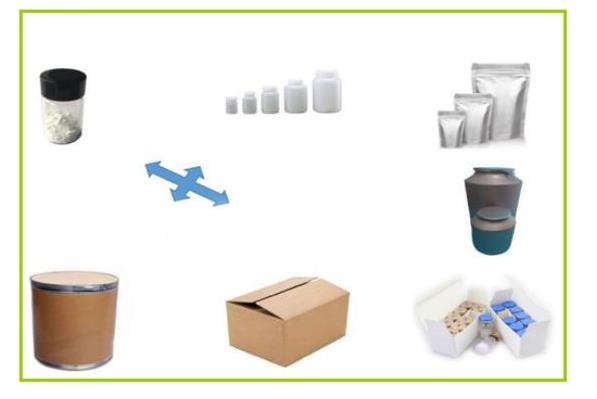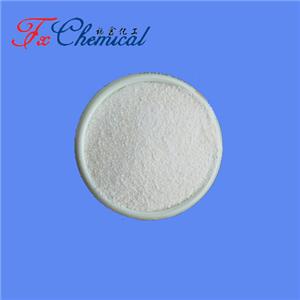What is 2-Chloro-3-methyl-5-bromopyridine?
2-Chloro-3-methyl-5-bromopyridine is an organic compound that belongs to the class of halogenated pyridines. It is a derivative of pyridine, a basic six-membered aromatic ring with one nitrogen atom, where specific positions on the ring are substituted with chlorine, methyl, and bromine atoms.
Chemical Structure and Properties
Chemical Formula: C6H5BrClN
Molecular Weight: Approximately 206.47 g/mol
Structure:
A chlorine atom at the 2-position.
A methyl group (-CH3) at the 3-position.
A bromine atom at the 5-position.
A pyridine ring with:
Appearance: Usually a pale yellow to off-white crystalline solid.
Solubility: Soluble in organic solvents such as dichloromethane, chloroform, and ethanol; slightly soluble in water.
Stability: Stable under normal conditions but should be stored away from strong oxidizing agents and extreme heat.
Applications of 2-Chloro-3-methyl-5-bromopyridine
1. Pharmaceutical Intermediates
Application: Widely used as an intermediate in the synthesis of pharmaceutical compounds. The presence of both chlorine and bromine atoms allows for further functionalization, which is crucial in drug development.
Benefits: It acts as a building block for creating more complex molecules with potential therapeutic properties.
2. Organic Synthesis
Application: Used in various organic reactions, particularly in the synthesis of heterocyclic compounds. The functional groups (chlorine, methyl, and bromine) offer multiple sites for chemical reactions such as nucleophilic substitution, cross-coupling, or other modifications.
Benefits: Its structure is useful for creating a wide range of products in chemical research and industrial applications.
3. Agrochemical Synthesis
Application: May be used as an intermediate in the synthesis of agrochemicals, such as herbicides, fungicides, or insecticides.
Benefits: The compound's reactivity can be tailored to develop chemicals with specific biological activities, aiding in the protection of crops.
Safety and Handling
Toxicity: While specific toxicity data may vary, compounds containing halogens like chlorine and bromine are generally considered to require careful handling. Avoid direct contact with skin or eyes, and prevent inhalation of dust or fumes.
Environmental Impact: Halogenated compounds can be persistent in the environment and may pose risks if not disposed of properly. Adhere to local regulations for disposal.
Summary
2-Chloro-3-methyl-5-bromopyridine is a halogenated pyridine derivative used as an important intermediate in the synthesis of pharmaceuticals, agrochemicals, and other organic compounds. Its structure allows for versatile applications in organic chemistry, making it valuable for various chemical industries. Proper safety precautions are necessary due to its potential toxicity and environmental impact.
Package

Shipping

Company information

Contact information




 China
China





